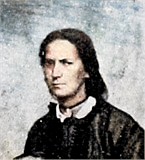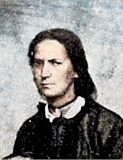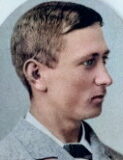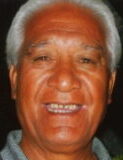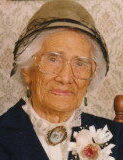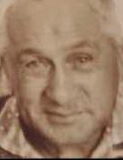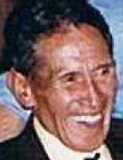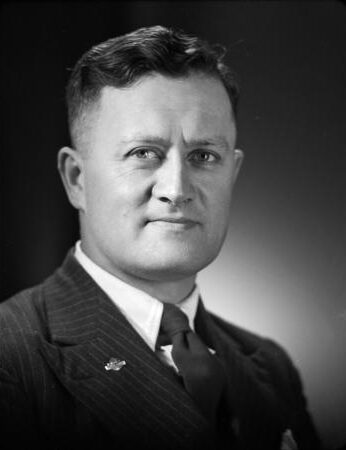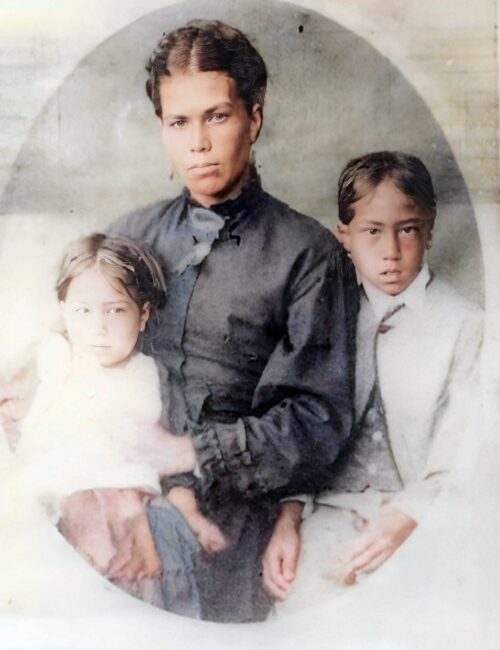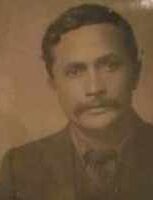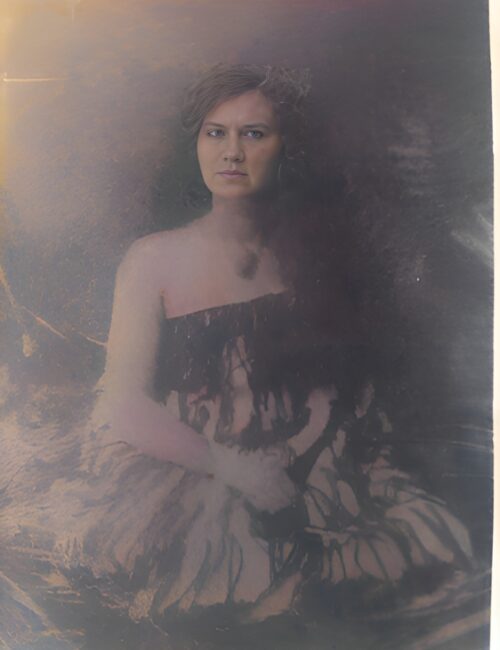From the first European contacts, the role of intermediaries (kaiwhakarite) who acted as go-betweens – people from one culture who lived within the other culture and helped bridge the gap between the two became well established with the early traders and whalers.
Europeans knew that there was money to be made in New Zealand from whaling, sealing, and harvesting flax and timber, and intermediaries helped smooth the way. Relationships with Māori women offered a degree of protection, as Pākehā were less likely to be attacked if women were present.
See NZ History https://nzhistory.govt.nz/culture/maori-european-contact-pre-1840/the-go-betweens
James Reddy Clendon
Athough not in the first wave of traders, James Reddy Clendon provided a good example of a long relationship with a Māori woman, Jane Takatowi Cochrane, herself a descendant of a mixed family. Unlike many European settlers, he married a European woman and then, after her death, married a Māori woman; most did the reverse.
James and his first wife Sarah Hill had a son called James Here Stephenson Clendon (1828-1899).
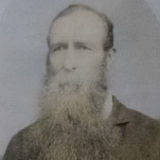
James had a relationship with Hiria Te Hana(1830-1896) although it is not clear whether it was every formalised as a marriage.
They had a son, Henare Himi Clendon-Tenana (1859-1921)
James Stephenson Clendon followed custom marrying Elizabeth Francis Williams in 1861.
Te Nana Clendons
The Te Nana name is an old Ngāti Kuta name. An ancestor signed He Whakaputanga o te Rangatiratanga o Nu Tirene (known in English as the Declaration of Independence of the United Tribes of New Zealand) in 1835. https://nzhistory.govt.nz/politics/declaration/signatory/tenana
Henare Himi Clendon-Tenana (1859-1921), established what is known, at least locally, as the Tenana Clendons and was one of a number of outstanding leaders.
One was Ngāti Kuta kaumātua Matutaera Clendon. With the Arakite Trust, he led a number of excavations at Mangahāwea Bay in Northland which may have been the ancestral home of the TeNana Clendons.
The brochure on the link following puts that settlement into historical perspective.
https://hnzpt-prod-web.azurewebsites.net/media/qsmcv5qo/display-mangahawea-28-1.pdf
James Clendon (Himi Te Nana) Tau Hēnare (1911-89)
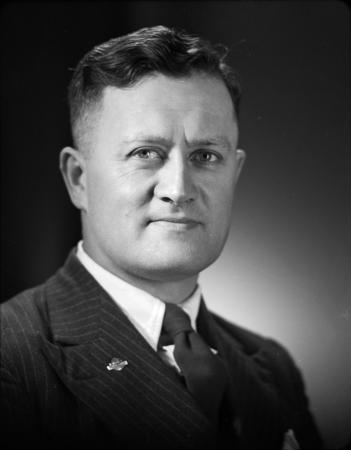
An outstanding leader and commanding officer of the Māori Battalion in WW2, he did not originally carry the Clendon faamily. His parents were Hera Paerata and her husband, Taurekareka (Tau) Hēnare. He took the Clendon name because his great grandfather was Colonel Robert Wynard who led troops against Māori – and he had an equally valid entitlement to use it. Claude Gladywn Wynyard Howard(1871-1946), a second cousin of William Ross 2X removed, married Kate Erridge Clendon (1839-1910).
The Colonel served in South Africa also and ended as General Sir Robert Wynyard who as an aside had two Māori wives.
The life of James Clendon Tau Hēnare is covered in the following article.
https://teara.govt.nz/en/biographies/5h15/henare-james-clendon-tau
